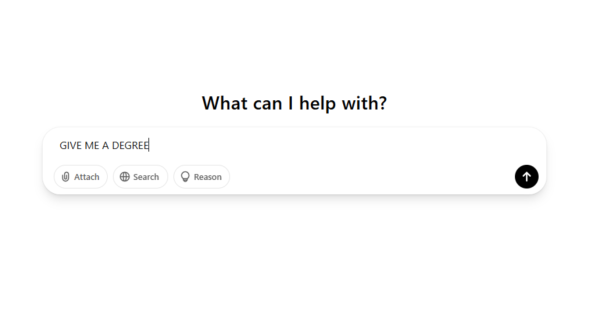Flaws in the core curriculum
One of the trademark signs of receiving a liberal arts education is attending the often agonizing general education courses that many universities require. Each university has its own system and requirements to ensure that all students take the required courses in addition to finishing their degree program. RWU’s Core Curriculum consists of five core classes in science, history, human behavior, literature and philosophy, art and aesthetics, two writing courses, a math course, a public speaking course and an interdisciplinary senior seminar. In addition to the ten required courses, all students must also have a core concentration in a liberal arts subject unrelated to their major.
Few exceptions exist to the five core classes, and are typically reserved for science and art. In order to qualify for the science exemption, students must either take two lab science courses, transfer the credits in or complete the science courses required for elementary education majors. Similarly, to qualify for the art exemption, one can take art and architectural history one and two. Most of these exceptions are not well known for students, except for those who are in degree programs that automatically qualify them — such as elementary education, architecture, art history and science majors. It is also important to note that not all core classes have the opportunity for exemptions, it is limited to science and art.
The way that RWU’s Core Curriculum is organized is different than many other universities in the sense that it is significantly more structured. Instead of having specific classes that all students must take, most universities have categories of core competencies, and there are lists of classes that fulfill the requirements. The University of Rhode Island (URI) and the University of New Haven (UNH) follow this model. URI requires students to fulfill 40 credits of general education credits, with at least one class in each of the 12 learning outcomes. UNH has similar requirements, where 40 credits of general education courses must be fulfilled. Students can meet these credits by taking classes that meet the nine core competencies, a writing intensive course and three or four upper-level courses within any of the core competencies. Additionally, students must participate in some type of experiential education.
The way other universities structure their general education requirements is much more flexible and less standardized than the way it is structured at RWU. Students are able to take courses that interest them while meeting the general requirements of the university instead of having to take specific courses that do not interest them. Students typically regard the core courses as just a box to check off on their way to earning their degree. Maybe if RWU restructured their general education program to mimic other universities, students would be more engaged and interested, while also being less annoyed at having to take their required courses while still receiving a well-rounded interdisciplinary education.




